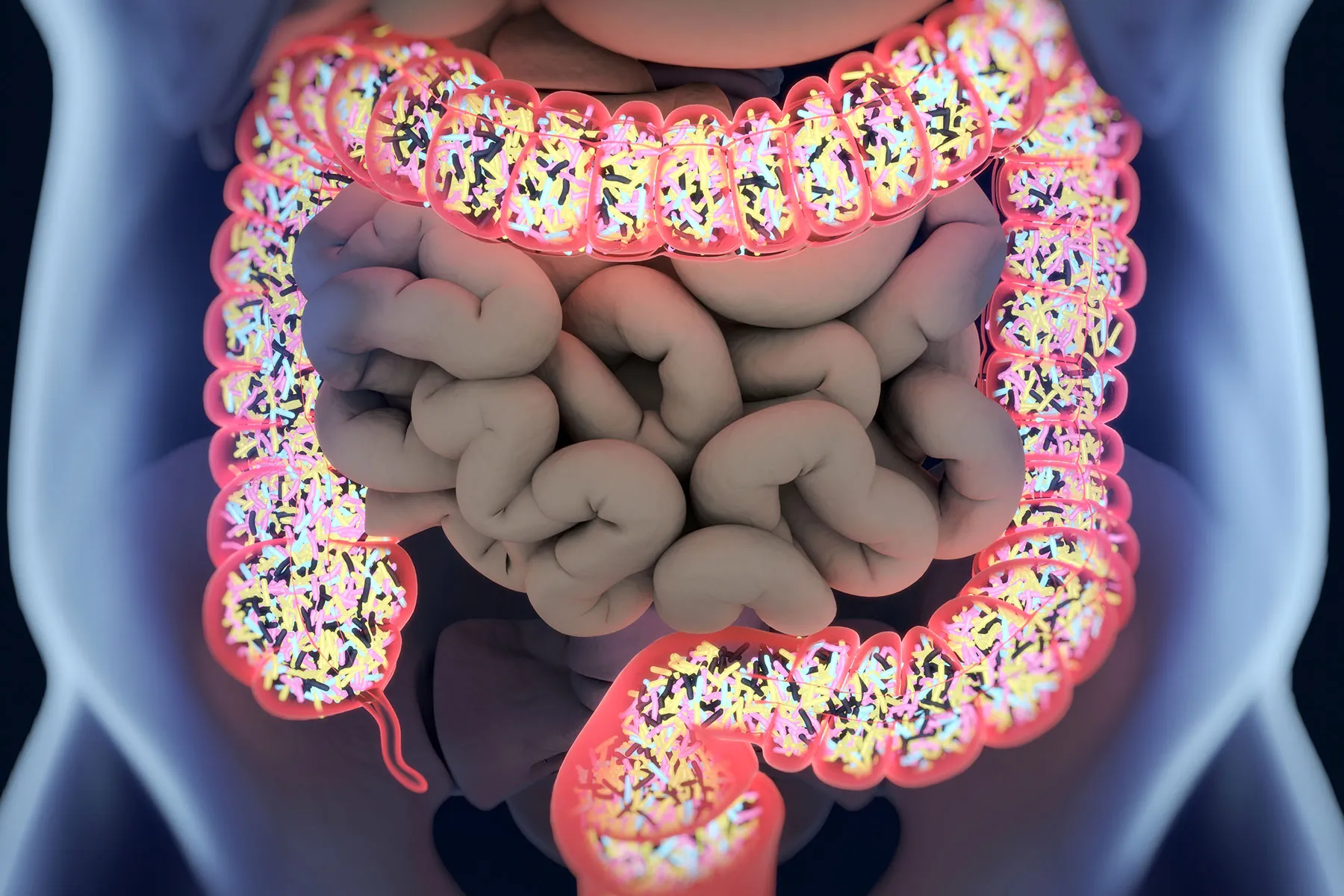
Persistent digestive issues aren’t always simple—they can signal deeper health concerns that deserve clinical attention. While occasional bloating or reflux may pass, chronic symptoms like unexplained pain, blood in stool, or drastic weight changes require a more thorough investigation.
When heartburn returns even after avoiding triggers
Occasional acid reflux is common, especially after spicy meals or coffee. But when the burning sensation persists despite dietary care, something deeper might be at play. Chronic gastroesophageal reflux disease (GERD) can lead to esophagitis, ulcers, or even structural damage. In places like Dubai or Istanbul, where rich food culture meets modern stress levels, patients often ignore early signs, mistaking them for minor discomfort. Repeated symptoms despite lifestyle changes require endoscopic evaluation.
Unintentional weight loss without appetite change raises concern
Weight naturally fluctuates. However, losing more than 5% of body weight in a few months without trying is never normal. When this coincides with indigestion, early fullness, or altered bowel habits, we start looking deeper. It could suggest malabsorption, gastrointestinal cancers, or severe inflammation. In clinical practice, many of these cases begin with “I thought it was just stress.” But the gut often reflects more than diet—it mirrors systemic shifts.
Bloody stools or black discoloration demand prompt evaluation
Blood in stool—bright red, dark, or tarry—is not something to monitor casually. While hemorrhoids are a common cause, we can’t ignore possibilities like polyps, diverticular disease, or inflammatory bowel conditions. In elderly patients, colon cancer must always be considered. Even one episode of black, sticky stool—suggesting upper GI bleeding—warrants immediate testing. Timely colonoscopies or imaging scans help identify the root cause before complications develop.
Bloating that feels more like pressure than gas
Everyone experiences occasional bloating, especially after legumes, dairy, or carbonated drinks. But when bloating becomes a daily issue, accompanied by pain or early satiety, we look for structural or motility disorders. Conditions like gastroparesis, ovarian masses, or even lymphomas can present subtly. One tip: if bloating doesn’t ease after sleep or walking, it likely isn’t food-related. Persistent abdominal distention deserves real-time abdominal imaging.
Chronic constipation or diarrhea needs more than a diet chart
Digestive issues tied to bowel frequency often get brushed aside. Many patients try fiber, water, or over-the-counter laxatives without guidance. But when constipation or diarrhea becomes chronic—lasting more than three weeks—underlying causes must be ruled out. Irritable bowel syndrome (IBS), inflammatory bowel disease (IBD), or even thyroid dysfunction can play a role. If your bowel patterns shift suddenly and remain erratic, investigation becomes essential.
Nausea with no clear food trigger can suggest systemic issues
Nausea isn’t just from spoiled food or overeating. Chronic nausea, especially early morning or postprandial, could hint at gallbladder disease, hormonal imbalances, or gastric outlet obstruction. In women, pregnancy is one reason. But when tests are negative and symptoms persist, neurologic or endocrine conditions come into question. Functional disorders like cyclic vomiting syndrome are also emerging. When food isn’t the cause, we must widen our lens.
Persistent fatigue linked to digestion might involve nutrient loss
If you eat well yet feel drained, your gut might not be absorbing nutrients properly. Iron, B12, folate, or magnesium deficiencies commonly stem from malabsorption syndromes like celiac disease or chronic pancreatitis. In regions like Türkiye, where gluten-rich diets are common, undiagnosed celiac remains a silent culprit. A simple blood test may reveal the hidden reason behind tiredness and tingling sensations.
Pain that moves or worsens after meals isn’t always functional
Vague abdominal pain often gets labeled as “gas” or “stress.” But the location, timing, and pattern can tell us more. Right upper quadrant pain post-meals might indicate gallstones. Central epigastric discomfort that radiates could suggest pancreatic inflammation. In some cases, pain near the navel signals small intestine involvement. Pain that follows food but doesn’t resolve with antacids deserves a clinician’s attention.
Family history matters more than many realize
Many digestive conditions have genetic components. A history of colon cancer, Crohn’s disease, or ulcerative colitis in first-degree relatives raises individual risk. In such cases, earlier screening—like colonoscopy at 40 instead of 50—might be advised. Additionally, patients with familial polyposis or Lynch syndrome require more aggressive follow-up. Knowing what runs in your family can shape what we look for in your gut.
When “normal” tests still don’t explain your symptoms
Some of the most challenging cases involve patients who have had ultrasounds, blood work, and even endoscopy—yet still have symptoms. Functional GI disorders like IBS, SIBO (small intestinal bacterial overgrowth), or bile acid diarrhea are harder to pinpoint. These conditions require a clinical eye, symptom diaries, and sometimes empirical treatment trials. When results are normal but the discomfort remains, we dig deeper—not dismiss.
